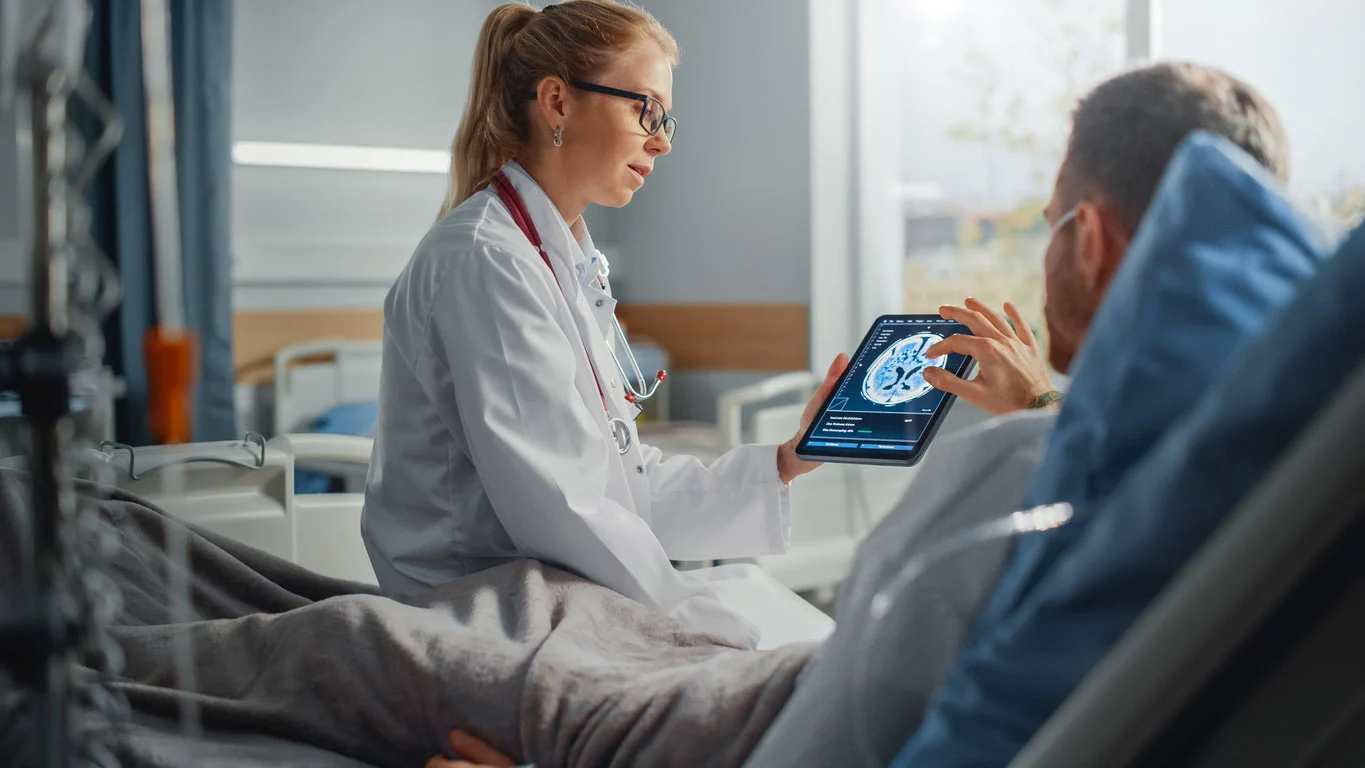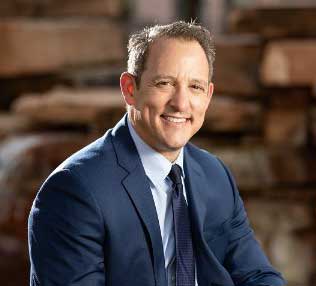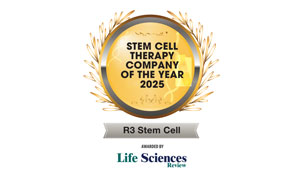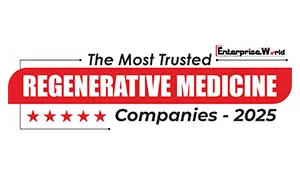Why Do People Go to Mexico for Stem Cell Treatment?
Written by Dr. David Greene, MD, PhD, MBA on August 13, 2025
The US Leader in Stem Cell Therapy, Now in Mexico. Treatments start at $3750 for 25 million stem cells!
Special Promo: Get an additional 25 BILLION Exosomes IV with treatments over 50 million cells!”
The US Leader in Stem Cell Therapy, Now in Mexico. Affordable treatments start at $3750 for 25 million stem cells!
Special Promo: Get an additional 25 BILLION Exosomes IV with treatments over 50 million cells!”
Written by Dr. David Greene, MD, PhD, MBA on August 13, 2025

Mexico has rapidly become one of the most sought-after destinations for regenerative medicine, attracting patients from the United States, Canada, and beyond. For many, it’s not just about cost — it’s about access to advanced therapies, experienced physicians, and a supportive healthcare framework that may not be available at home.
Stem cell treatments in Mexico operate under COFEPRIS (Mexico’s Federal Commission for the Protection against Sanitary Risk) guidelines.
While each clinic must comply with safety and quality protocols, Mexico’s framework is often more flexible than that of the U.S. FDA, allowing broader use of mesenchymal stem cells (MSCs), umbilical cord tissue, and other advanced regenerative products for conditions still in clinical trial phases elsewhere.
Country
Regulatory Scope
Access to MSCs
Access to Experimental Indications
Mexico
COFEPRIS oversight
Yes
Broader clinical use
USA
FDA restrictions
Limited
Mostly clinical trials only
Canada
Health Canada
Limited
Mostly research use
On average, stem cell therapy in Mexico can cost 40–70% less than comparable treatments in the U.S. or Europe. This difference isn’t due to lower medical standards — rather, it’s linked to:
Many patients reinvest the savings into extended recovery stays, wellness programs, or complementary therapies.
Leading regenerative medicine specialists in Mexico often receive dual training — both in Mexico and internationally — bringing together global protocols and local innovation. Clinics in major hubs like Tijuana, Cancun, and Mexico City often host international medical conferences and contribute to peer-reviewed research.

Most treatment centers are located within 30 minutes of major international airports, making them easily accessible for medical travelers. U.S. and Canadian citizens typically do not require a visa for short medical stays, simplifying planning.
Popular locations & travel time from U.S. cities:
Tijuana – ~20 min from San Diego, CA
Cancun – Direct flights from major U.S. hubs
Mexico City – Well-connected to Latin America and the U.S.
Top clinics provide more than just the procedure — they offer:
This comprehensive approach makes the journey smoother for patients who may be traveling alone or with limited mobility.

Beyond the medical aspects, patients often highlight Mexico’s hospitality and personalized attention. Many facilities intentionally limit daily patient volume to ensure longer consultation times and direct access to physicians.
Patients have reported significant improvements in conditions such as osteoarthritis, autoimmune disorders, and neurological injuries. While results vary and no treatment is guaranteed, transparent case studies and follow-up programs help set realistic expectations.
Request Medical Documentation – Ask for product source and sterility reports.
Choosing Mexico for stem cell treatment is about more than saving money — it’s about access, expertise, and supportive care in a patient-friendly environment. With the right clinic and preparation, Mexico can offer world-class regenerative medicine in a setting that values both medical innovation and human connection.
Frequently Asked Questions (FAQ)
Yes. Stem cell therapy is regulated by COFEPRIS (Mexico’s health authority). Licensed clinics must follow quality and safety protocols. Regulations in Mexico allow some treatments that are still in clinical trial phases in countries like the U.S. and Canada.
Costs in Mexico can be 40–70% lower than in the U.S., depending on the type of therapy, number of cell doses, and clinic location. This is due to lower operational costs, not reduced quality.
Citizens of the U.S., Canada, and many other countries do not need a visa for short stays under 180 days. Always check current entry requirements before traveling.
Yes. Many specialists have international training and certifications in regenerative medicine, often combining experience from Mexico, the U.S., and Europe.
Common indications include osteoarthritis, autoimmune disorders, sports injuries, and certain neurological conditions. Availability depends on each clinic’s protocols and COFEPRIS approval.
Ask for the clinic’s COFEPRIS license number, product sourcing documentation, and physician credentials. Reputable clinics provide this transparently.
Contact US

Dr. David Greene
MD, PhD, MBA
Dr. David Greene, MD, PhD, MBA, is a pioneering leader in regenerative medicine and healthcare marketing. As a residency and fellowship-trained orthopedic surgeon, Dr. Greene transitioned from clinical practice to become the founder and CEO of R3 Stem Cell and US Lead Network, where he has revolutionized patient care and medical practice growth through innovative therapies and digital marketing strategies. He has authored two influential books on healthcare internet marketing, ranks among the top expert authors globally, and has been featured on the cover of Corporate Vision magazine for his impact on global regenerative therapies. Beyond his professional achievements, Dr. Greene is passionate about education, compassion, and continuous innovation.

About R3 Stem Cell Mexico
Follow Us
Quick Links
Disclaimer
Stem cell therapy is considered experimental and is regulated by the U.S. Food and Drug Administration (FDA), but it is not FDA-approved. R3 Stem Cell does not offer stem cell therapy as a cure for any medical condition. No statements made on this site have been evaluated or approved by the FDA. This site does not provide medical advice. All content is for informational purposes only and is not a substitute for professional medical consultation, diagnosis, or treatment. Reliance on any information provided by R3 Stem Cell, its employees, others appearing on this website at the invitation of R3 Stem Cell, or other visitors to the website is solely at your own risk. R3 Stem Cell does not recommend or endorse any specific tests, products, procedures, opinions, or other information that may be mentioned on this website. R3 Stem Cell is not responsible for the outcome of your procedure. The FDA considers stem cell therapy experimental at this point.
Contact Us











Copyright © 2016 – 2025 R3 Stem Cell